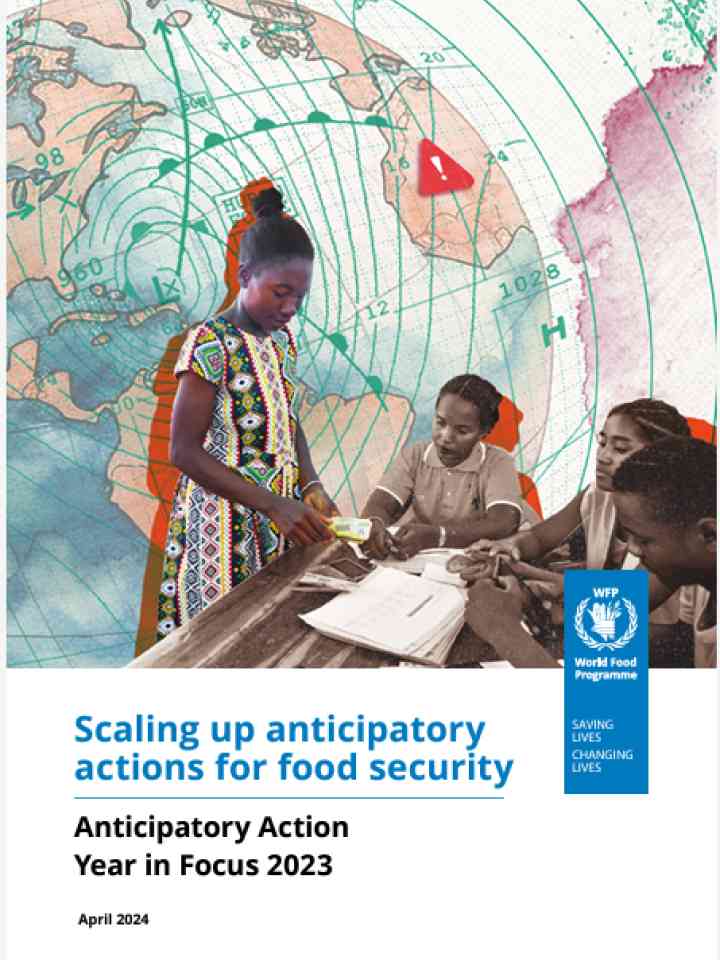Scaling up anticipatory actions for food security: Anticipatory action year in focus 2023
This report provides an overview of WFP's progress in scaling up its Anticipatory Action (AA) operations, from covering 3.2 million people in 28 countries in 2022 to 4.1 million people in 36 countries in 2023. 2023 was the hottest year ever recorded. A natural El Niño cycle added to the rising trend of global warming, resulting in more frequent and intense droughts, floods, and tropical cyclones. To mitigate these risks, WFP activated Anticipatory Actions (AAs) in countries where the impact of El Niño was predicted to be especially severe, as well as in other countries worldwide.
AA saves lives and upholds the dignity of people; it also makes financial sense. The benefits and effectiveness of AA have been showcased by a growing volume of evidence. A study in Ethiopia, Kenya and Somalia suggests potential cost savings of US$1.6 billion over 15 years if action to reduce drought impacts is taken prior to price increases and people resorting to negative coping strategies. Evidence generated by WFP in Bangladesh and Nepal shows that anticipatory action investments have reduced the cost of humanitarian responses to floods in affected areas by up to 50 percent.
Explore further
